This paper offers a novel decentralised control strategy for a class of linear stochastic largescale complex systems. The proposed control strategy is developed to address the main challenges in controlling complex systems such as high dimensionality, stochasticity, uncertainties, and unknown system parameters. To overcome a wide range of domain of complex systems, the proposed strategy decomposes the complex system into several subsystems and controls the system in a decentralised manner. The global control objective is achieved by individually controlling all the local subsystems and then exchanging information between subsystems about their state values.
This paper mainly focuses on the probabilistic communication between subsystems, therefore the detailed process of message-passing probabilistic framework is provided. For each subsystem, the regulation problem is considered, and fully probabilistic design (FPD) is applied to take the stochastic nature of complex systems into consideration. Also, since the governing equations of the system dynamics are assumed to be unknown, linear optimisation methods are employed to estimate the parameters of the subsystems. To demonstrate the effectiveness of the proposed control framework, a numerical example is given.
Many scientific and technological disciplines are engaged in developing and manufacturing high-quality, highly functional, and nutritious food. However, these efforts are being increasingly challenged by a significant need for new tools, data, and information that are essential for winning the war against food fraud. The phenomenon of food fraud or adulteration is not new and has impacted human civilizations since the beginning of food production and trading. In most cases, food fraud is economically driven, however, its direct and indirect actual and potential influence reaches far beyond its economic impact on individuals and societies. In many cases, adulterated food contains harmful or toxic chemical, physical, and/or biological constituents that present significant food-safety-related risks. Food fraud leads to loss of reputation that spans throughout the entire food supply chain and damages consumer confidence. In many cases, intentionally adulterated or fraudulent foods present challenges that are related to food defense and/or food security. Food fraud can have social- dietary- and/or religion-related implications. Food fraud may also present potential homeland security-related implications (bioterrorism). It is thus essential to recognize that food fraud exhibits a very wide sphere of challenges that must be addressed collectively as food crimes. The annual global economic loss that results from food crimes is estimated to be about $70 billion and affects individuals, companies, regions, and national economies. Strategies and means that are aimed at enhancing our capability to identify and fight these crimes have therefore to be developed and implemented in a way that successfully addresses the multifaceted nature of food crimes. There are different ways by which food products, food raw materials, and ingredients, as well as information about them are adulterated. In its most basic form, food crime is based on counterfeiting and marketing illegal replication of a legal product. In other cases, food products are diluted with water or inferior/toxic ingredients. Food crimes may involve substitution of a high-value component of a product with inferior, lower-value, and/or unsafe ingredients. Adulteration of food may also involve concealment of defects or poor quality of a product or its components. In yet other cases, food crimes may involve enhancement of product or its ingredients with banned and/or toxic ingredients or application of an unapproved process to improve the product quality. Gray market theft and diversion as well as marketing of mislabeled products with incorrect or missing information about their nature or their regional origin are also common aspects of food crimes. In recent years, the regional origin of specific food products has gained a significant importance and value among consumers and thus has become a major target of adulteration. Identifying and fighting food crimes is highly dependent on our capability to effectively authenticate food products, their constituent raw materials, and food ingredients. In simple terms, authentication must provide answers to two questions: a) is this what it says it is? And b), in most cases, where does it come from? Answering these questions requires the application of a broad array of effective and credible analytical tools and approaches that can identify the fraudulent nature of a product in questions. Success in fighting food crimes is also determined by our ability to trace every product and/or its ingredient throughout the entire supply chain. Many analytical tools for food authentication exist, however, success also requires having a continuously validated and updated data bank consisting of the "fingerprints" of all such products and ingredients. These data sets should be developed in a way that reflects (for each product and ingredient) the inherent biological-, physical-, chemical-, regional- seasonal-, and agrotechnological-related variabilities. The latter mounts to a major knowledge gap that hinders our ability to effectively identify and fight food crimes. During recent decades, the food supply chain has been globalized and evolved from a relatively simple linear chain of regional transactions into a very complicated and convoluted series of events that span all over the globe. This evolution and the among-regions differences in analytical and traceability capabilities compromise success of food traceability and authentication and thus the deterrence of food fraud. The latter presents a major challenge that must be addressed. If food crime remains a "profitable low-risk criminal activity" it will continue to grow and flourish. This aspect is reflected in the significant involvement of organized crime in food crimes. A very effective legislation and enforcement effort is therefore needed at the local, regional, and international level to successfully fight food crimes. I would like to call upon funding agencies, academia, research institutes, and governments to direct means and efforts at developing and introducing the basic knowledge and applicable information that are needed in order to close the above-described knowledge and data gaps and affectively address the current challenges that are presented by food crimes. I would like to invite all those who will become engaged in such efforts to publish their work in our journal.
Moshe Rosenberg, D.Sc., Editor in Chief
Professor Emeritus Food Science and Technology
Department of Food Science and Technology
University of California, Davis
Davis, CA 95616
U.S.A











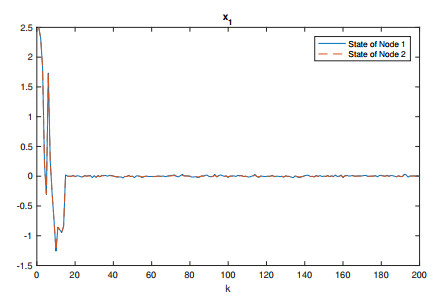
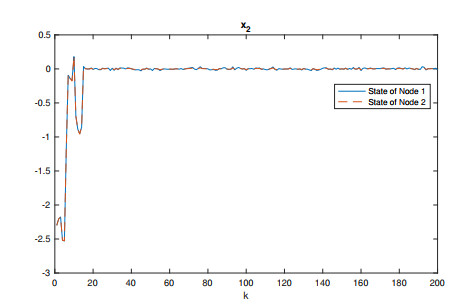
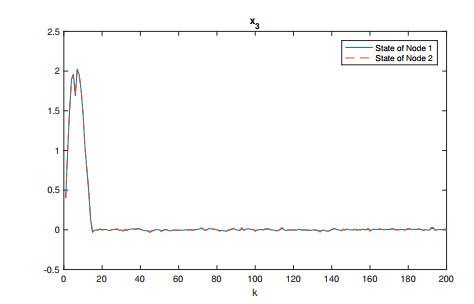
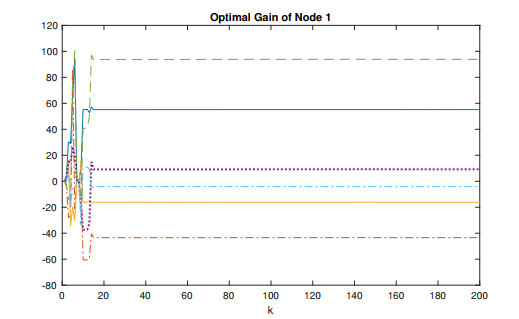
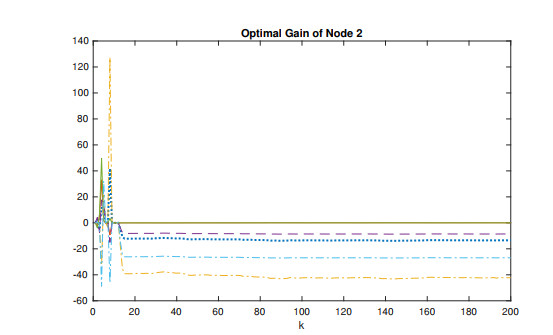


 DownLoad:
DownLoad: